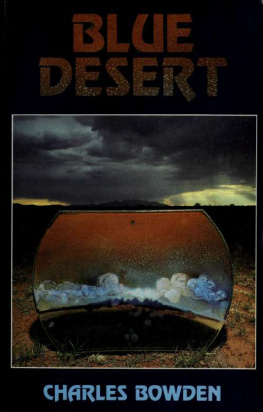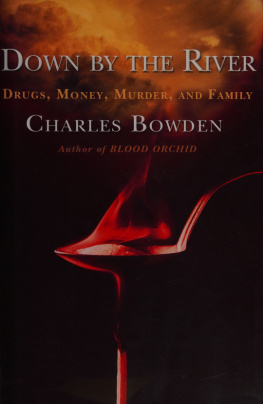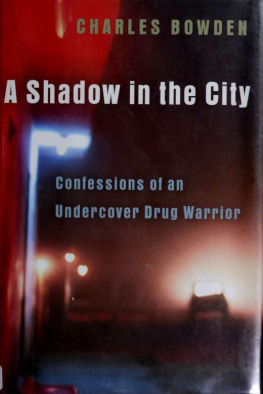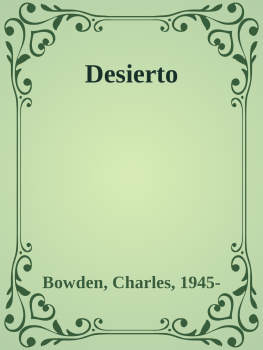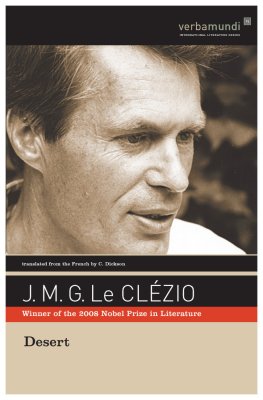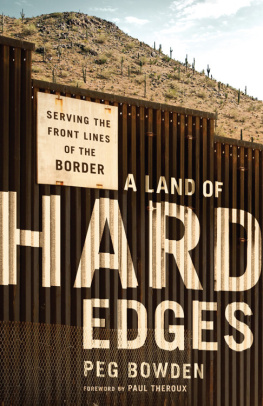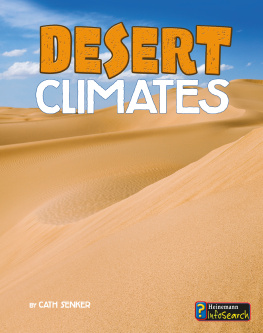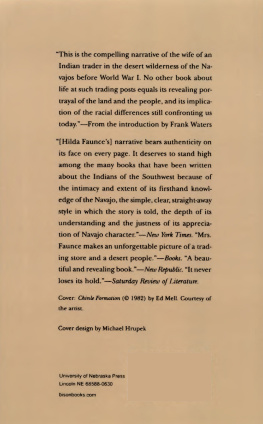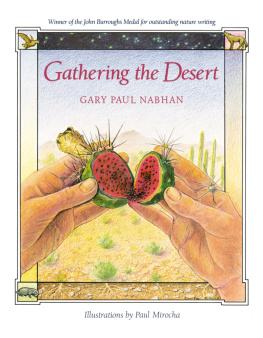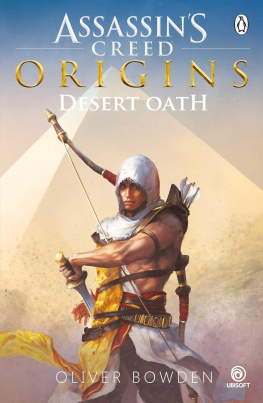This book made available by the Internet Archive.
They soon forgat his works; they waited
not for his counsel: But lusted exceedingly in the
wilderness, and tempted God
in the desert. And he gave them their request;
but sent leanness into their soul.
Psalms 106:13, 14, 15
Coordinates of Blue Desert 1
I. BEASTS 5
II. PLAYERS 53
III. DESERTS 117
For three years, I worked at the Tucson Citizen, an afternoon daily newspaper, and much of this book comes from that experience. Some of the material appeared in the paper in a different form. A lot of it did not lend itself to the strictures of journalism. It is almost a custom now to mock newspapers as shallow, unfair, and inaccurate. I liked the business. All in all, the Citizen was probably the best place I ever worked. I am grateful for the freedom I was given by my bosses.
An earlier version of the chapter on the shell trade appeared in The Texas Humanist.
Various drafts of this book have been read by Edward Abbey, Dave Brown, Bill Broyles, Kathleen Dannreuther, Julian Hayden, Lawrence Clark Powell, and Dick Vonier. I want to thank them for their help, kindness, and tolerance. My dog Ben would read none of it and is in no way responsible, legally or morally, for anything in this book. The same goes for the cats, Vincent, Fiddler, and Petunia.
c. B.
Coordinates of Blue Desert
I have lived in the Sonoran Desert since I was a boy and unless I get unlucky, I will die here. My home is a web of dreams. Thousands move here each year under the banners of the New West or the Sunbelt. This is the place where they hope to escape their paststhe unemployment, the smoggy skies, dirty cities, crush of human numbers. This they cannot do. Instead, they reproduce the world they have fled. I am drawn to the frenzy of this act.
This book proceeds, much the way I do, in a disorderly, relentless fashion. It is fat with contradictions but sounds one steady note: the land.
Imagine you are on a train highballing through the desert night and out the window conflicting scenes flash across your eyesa glimpse of mountain in the moonlight, a murder barely observed through a motel windowand that these experiences jar against each other as the train thunders toward its destination. This is the way to blue desert.
My world stretches from the New Mexico line across the southern part of Arizona to the Colorado River. It dips south into Mexico and drifts north to the edge of the Colorado Plateau where the hot deserts surrender to the high, cold ground of the central Rocky Mountain West. Here the land always makes promises of aching beauty and the people always fail the land.
This book is about that experience.
It begins at night. The sweet smoke rolls over our bodies as we
huddle around the mesquite fire in the December cold. Across the dry river I can see the new jail, a tower with slit windows rising like a sad ghost. Cars stream over the modern bridge and to my back the freeway traffic of Interstate 10 roars. Nearby sits Sentinel Peak where early settlers in Tucson watched for Apaches, and all around us are the stone bones of Indian villages.
The Mexican men ignore the city. We hold tin cups of coffee in our hands and savor the warm smoke. This is one of many vigils for the Virgin of Guadalupe taking place tonight, all because 400 years ago a brown woman who had never lain with a man appeared to an Indian in the Valley of Mexico and gave him roses. The men of Kroeger Lane smoke and laugh while the women busy themselves nearby tending kettles of menudo, stacks of tortillas, and a huge light blue pot of strong coffee. Just down the dirt road, an old lady hosts a shrine to St. Jude in her garden. A block past her, a Mexican woman in her nineties lives alone wrapped in her memories of being a soldadera with the Villistas during the Revolution. Beyond her is the freeway and then the tower of Santa Cruz churchthe twelve-year-old boy by my side goes there to learn how to box.
The city stretches as an endless sea of lights and under the glare live more than a half million peoplegrowing by 25,000 a year as my fellow citizens flee their old American lives for a shot at a new answer, the Sunbelt. All around us are mountainsthe Tucsons, the Sierritas, the Santa Ritas, the Rincons, the Santa Catalinas, the Tortolitas.
My hands are cold and I make notes with difficulty. For three years I have traced the life of the boom, sketched little stories for the newspaper. They fall into print as tiny milestones, tiny headstones. As I scribble these dispatches from the current economic miracle of the deserta bumper crop of subdivisionsthe city changes, stretches, takes on new forms, adds 75,000 or 100,000 souls, marries and buries and escapes all the careful strictures of zoning, permits, elections, urban plans. I am in love with the place.
A man disappears from the fire circle, comes back, and adds more mesquite to the blaze. The motel signs wink along the freeway, the aroma of the menudo wafts across our faces.
There are big theories about this sprawl that surrounds me tonight: Republican theories of constructing a new majority, eco
COORDINATES OF BLUE DESERT
nomic theories of a Sunbelt gutting a Rust Belt, car dealer theories of endless growth and prosperity, old guard theories of brown hordes seeping through the fence sixty miles south and Mexicanizing the Republic. The theories are thin gruel. The menudo is rich with the odor of tripe and seasonings. The theories all come from numbers, from sterile offices where anxious, pinched faces ponder paper and issue reports. The menudo comes from the lining of a cow's stomach, two hooves, hominy, spices, and hours at a simmer.
The Mexicans start arguing about the statue of Pancho Villa that takes up a downtown traffic island. The damn thing arrived as a surprise gift from the Mexican government. In Mexico City there is no statue to Villa; he is too frightening a thing for the politicians and bureaucrats to contemplate. He killed peopleMexicans, Americans, Chinamen. But Arizona's Governor, in one of those hands across the border moments, accepted the huge statue of Villa astride his war horse and lusting for the next enemy of the poor. The monument is sited so that Villa stares at the barrios to the south and inexplicably turns his back on City Hall, the County building, the tower of courtrooms.
The Mexicans say the statue is a fraud, a false statement of Villa. Have you looked closely at the statue? they ask me. The horse has no huevos. The horse is a mare.
Pancho Villa never rode a mare, they snort.
No, I think, how could he? Men who ride mares do not get statues.
I leave at midnight and file. The vigil is one more scrap for my mosaic of the Sunbelt: file under Happy Note, the persistence of folk culture. Then there are all the things I do not file: the woman who calls me up when I write a story about her fourteen-year-old son who was found as a heap of bones in the desert. What gives you the right to print a story about my son? she asks. The tortured mother who begs me not to put her in the paper when her son, a convicted serial rapist, escapes prison. The cop who pegs the origin of the booming rape rate to the moment "when all the niggers started going down to the University." The businessman who smiles at me as if I were a tot when I question a population explosion in a place with no water and who advises me, "You know you can't build a wall around the place." The wolves endlessly pacing at the zoo and extinct in the desert itself.

